.jpg)
Timing and planning are essential for a successful spring garden. To make the most of your gardening season, it’s important to consider the average last frost date of your region when planning your planting schedule. By planting with the frost dates in mind, you can ensure that your garden will thrive in the ideal conditions. Fortunately, there are tools available to help you determine your region’s average last frost date. The Average Last Spring Frost Date Map is one such tool that can guide you in selecting the optimal planting schedule for your garden. By using this map to plan your planting schedule, you can enjoy a beautiful and bountiful garden all season long.
Ready to optimize your harvest? Find your dates at this site and then follow our weekly timing suggestions below.
17 weeks before your average last frost date:
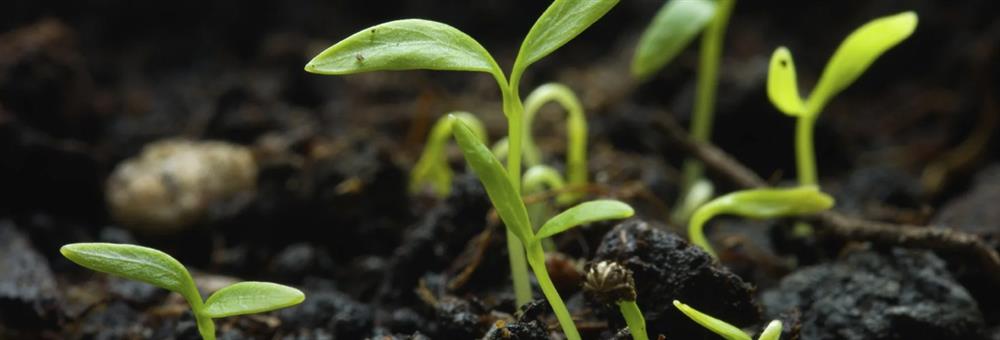
It’s time to: order your asparagus crowns, sow your parsley seeds, thyme seeds, and onion seeds.
16 weeks before your average last frost date:

Start your oregano, chive, basil and leek seeds indoors. It is also a good time to turn your compost pile.
14-10 weeks before your last average last frost date:

Start these seeds indoors; dill, cilantro, celery, celeriac, collards, kale, lettuce, cauliflower, broccoli, kohlrabi, and cabbage. It’s also a good time to get your cold frame ready to go, if you’re using one.
9 weeks before your last average last frost date:

You should think about starting these seeds indoors; eggplant, peppers, savory, fennel, anise and chervil.
8 weeks before your average last last frost date:

You should remove some of the mulch on your strawberry plants (only if they are showing signs of new growth), check your earlier indoor starts for a first set of true leaves; transplant into larger pots when that happens. Decide if you have enough strawberry plants. Fertilize any asparagus that is already in your garden.
7 weeks before your average last frost date:

Move your leek, onion, and lettuce starts from indoors out into your cold frame to harden them off before planting into your garden. It is also a good time to sow your carrot, beet, leaf lettuce, pea and spinach seeds directly into your garden. If you grew a cover crop, this is a good week to turn them under.
6 weeks before your average last frost date:

You can put your onion starts into the garden. It is also time to divide your rhubarb plants. Seeds that can be direct sown outside at this time are lettuce, swiss chard, kale, radish, beet, kohlrabi, and parsnip.
5 weeks before your average last frost date:
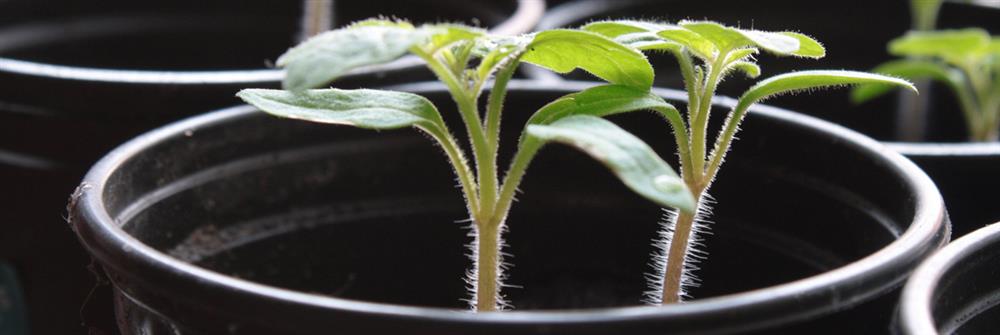
You should start your tomato and basil seed indoors. It is also time to transplant the leek plants you started indoors out into the garden. If you already have your seed potatoes, now is the earliest you should plant them. Weeding the garden should also be a priority this week as you get ready for all the action!
4 weeks before your average last frost date:
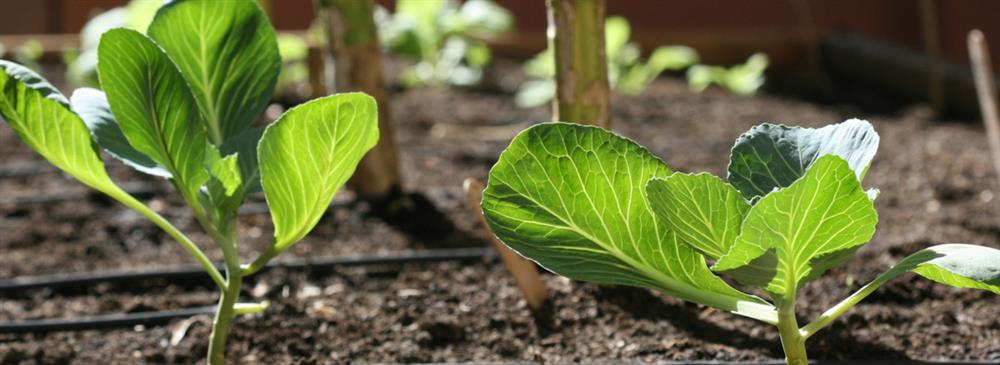
You should get the rest of your herbs started indoors. Mustard seed can now be direct sown into the garden. You should also start hardening off your cabbage, broccoli, cauliflower, and Brussels sprouts plants. Hardening requires your plants to be moved outside into a spot that is sheltered from direct sun and wind for 2 hours per day, do this 4-7 days before transplanting.
3 weeks before your average last frost date:

Start the following vegetable seeds indoors: squash, melon, cucumber, gourd, and cilantro. Out in the garden you can thin your beets, carrots, parsnip and onion plants. If you have not already done so, direct sow your pea, cauliflower, onion, lettuce, spinach, chard, kale, and root crops into your garden soil. You can also use this week to start another sowing indoors of cabbage and broccoli which will give you another planting later in the season.
2 weeks before your average last frost date:
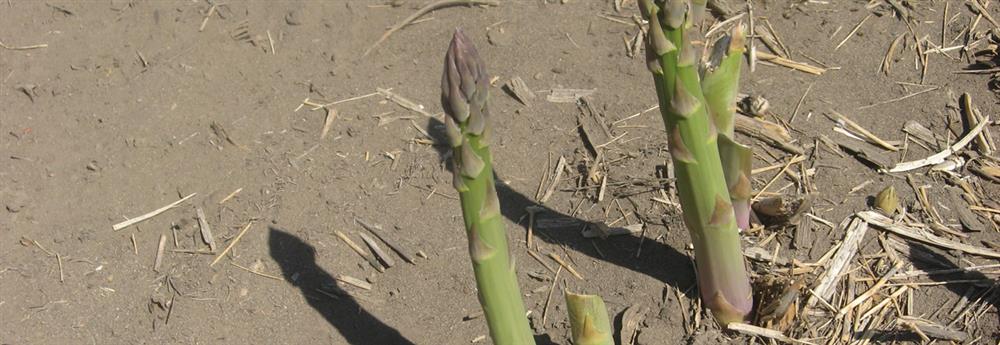
You should sow your leafy greens directly into the garden. Flea beetles could become a problem on the cole crops already in the garden, you can use Food Grade Diatomaceous Earth to control them. Watch for your asparagus spears to start pushing through; only harvest the spears that are as big as your little finger. Leave small spears untouched. If you have potatoes growing, take a few minutes and hill them. This is also a good time to transplant strawberries.
1 week before your average last frost date:

You can sow your first bean seeds. It is also a good time to harden off your tomato seedlings. The chard, spinach and other leafy greens would appreciate a thinning during this week.
The week of your average last frost date:
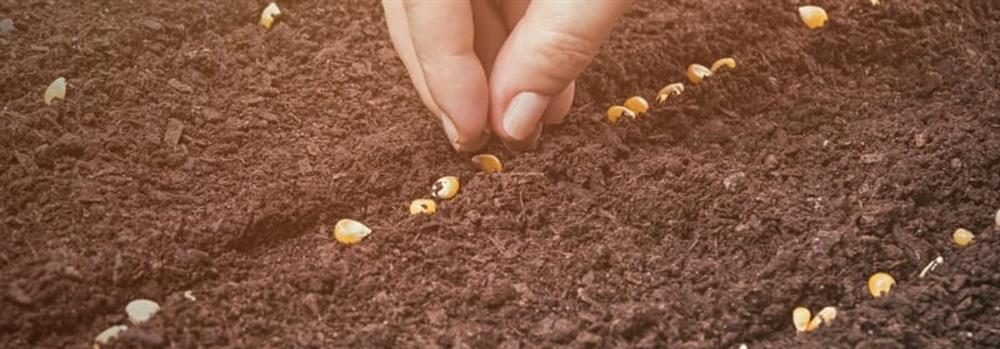
You can sow sweet corn, cucumber squash and melon seeds directly into the garden. If you have transplants for these vegetables, you can go ahead and set them out now. Pay close attention to the weather forecast, if it is going to frost or drop below freezing, cover the plants for the night. This is also a good week to sow an additional seeding of leaf lettuce, carrots, beets and radish.
1 week after your last frost date:

You can direct sow okra seeds into the garden and your second crop of bean seeds. It is also time to set out all your transplants. After this week, you should have all vegetables sown or transplanted for your spring garden.
By following this schedule and using the appropriate techniques, you can have a bountiful spring garden. However, it’s important to remember that each region has its own unique climate and weather patterns, so it’s essential to adjust your planting schedule accordingly. Additionally, it’s important to monitor your garden regularly for pests and diseases and take appropriate action to prevent or treat any issues that arise.
The average last frost date is a great tool for garden planning, so use it to your advantage!
































































































































































































































































































































































































































































































































































































































































